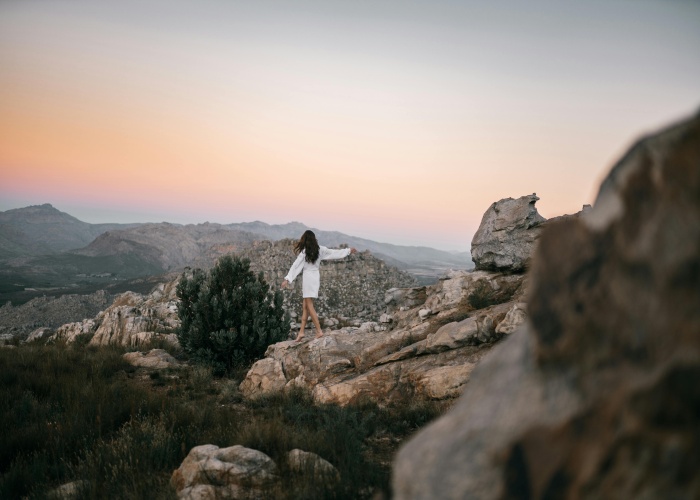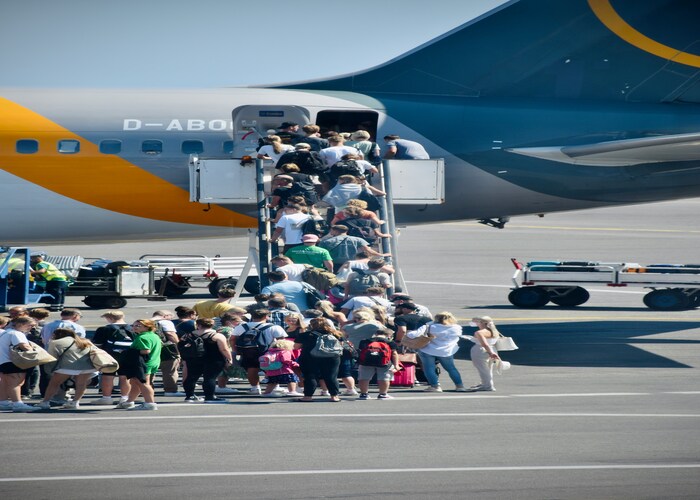Long distance walking tracks are some of the world’s most scenic and immersive trekking experiences. Stretching across diverse landscapes, these trails offer hikers an opportunity to explore remote wilderness, cultural landmarks, and stunning natural beauty. Iconic Long Distance Walking Tracks, Tour & Trek.
Overview
What Are Long Distance Walking Tracks?
- Trails usually 50–1000 km or more, designed for multi-day trekking.
- Located across Australia, Europe, USA, and other continents, traversing forests, mountains, deserts, and coastlines.
- Famous examples include The Overland Track (Tasmania), Appalachian Trail (USA), Camino de Santiago (Spain), and The West Highland Way (Scotland).
Why They Are Famous
- Provide immersive experiences in nature, often away from crowds.
- Offer opportunities to see wildlife, historic sites, and diverse ecosystems.
- Popular among adventure seekers, cultural enthusiasts, and photographers. Iconic Long Distance Walking Tracks, Tour & Trek.
Best Time to Visit
- Spring and summer generally offer longer days, warmer weather, and accessible trails.
- Autumn provides cooler temperatures, fewer tourists, and colorful foliage.
- Winter is challenging and often limited to experienced hikers, especially in mountainous or snow-prone areas.
Tip: Check trail-specific conditions as some routes are seasonally closed or prone to extreme weather.
How to Reach
By Air
- Most long distance tracks are accessible via nearest major airports.
- Example: Fly into Hobart for Overland Track, Boston/New York for Appalachian Trail, or Santiago for Camino de Santiago. Iconic Long Distance Walking Tracks, Tour & Trek.
By Road
- Road access is available to trailheads and nearby towns.
- Shuttle services often operate for multi-day hikes.
By Train
- Some tracks, especially in Europe, have train connections to trailheads.
Entry Fees and Permits
- Many trails require permits for camping or overnight stays.
- Fees are approx. AUD 10–30 per night for camping, depending on location (subject to change).
- Some trails like Camino de Santiago are free, but accommodation costs vary.
Tip: Check regulations before planning multi-day treks.
Food Availability and Meal Options
- Limited shops on remote trails; carry sufficient food and water.
- Recommended meals: high-energy bars, dehydrated meals, sandwiches, trail mix.
- Some tracks pass through villages or towns, allowing restocking.
Packing List and Essentials
Clothing
- Lightweight, moisture-wicking layers
- Waterproof jacket and windproof outerwear
- Comfortable hiking boots or trail shoes
- Hat, gloves, sunglasses, and sunscreen
Gear
- Backpack (25–60 liters for multi-day trek)
- Tent or lightweight shelter if camping
- Sleeping bag and mat
- Water purification system
- Map, compass, or GPS device
Optional
- Trekking poles for uneven terrain
- Binoculars for wildlife and scenic views
- Camera for landscape photography
Safety Tips and Local Regulations
- Stick to marked trails to protect environment and personal safety.
- Observe wildlife without disturbing them.
- Carry sufficient water and snacks; some sources may need purification.
- Be prepared for sudden weather changes.
- Respect cultural and heritage sites along trails.
- Follow Leave No Trace principles to minimize environmental impact.
Tips for Beginners or First-Time Visitors
- Start with short sections or day hikes before attempting full long distance tracks.
- Hike with companions or join guided tours in unfamiliar regions.
- Research trail difficulty, water availability, and emergency contacts.
- Carry lightweight gear to ease fatigue on long treks.
Local Customs and Cultural Etiquette
- Respect local communities, sacred sites, and heritage landmarks.
- Avoid loud noises and keep the trail experience serene.
- Follow camping and fire regulations, particularly in protected areas.
- Engage respectfully with local residents or farmers if crossing private lands.
Frequently Asked Questions (FAQs)
1. How long are long distance tracks?
- Usually 50 km to over 1000 km, depending on the trail and chosen route.
2. What is the difficulty level?
- Varies from moderate to challenging; terrain, distance, and weather impact difficulty.
3. Are restrooms available?
- Limited; usually only at trailheads, campsites, or nearby towns.
4. Can children participate?
- Suitable for teenagers and older children on moderate sections.
5. Is water available along trails?
- Some streams exist; purification recommended.
- Carry sufficient water if trekking in arid regions.
6. Are guided tours available?
- Many trails have organized guided tours or shuttle services.
7. What about mobile coverage?
- Often limited or intermittent; satellite phones or emergency beacons recommended in remote areas.
8. Can the tracks be completed in stages?
- Yes, most trails allow section hiking for those not attempting full distances.
9. When is the best season for wildlife viewing?
- Typically spring and summer for temperate regions; check specific trail wildlife calendars.
10. Are camping permits required?
- Yes, mandatory at designated campsites in many national parks or protected areas.
Final Thoughts
Long distance walking tracks provide unforgettable trekking adventures, combining nature, wildlife, and cultural heritage. Planning, proper preparation, and awareness of trail regulations ensure a safe, enjoyable, and memorable experience for hikers of all levels.






Leave a Reply